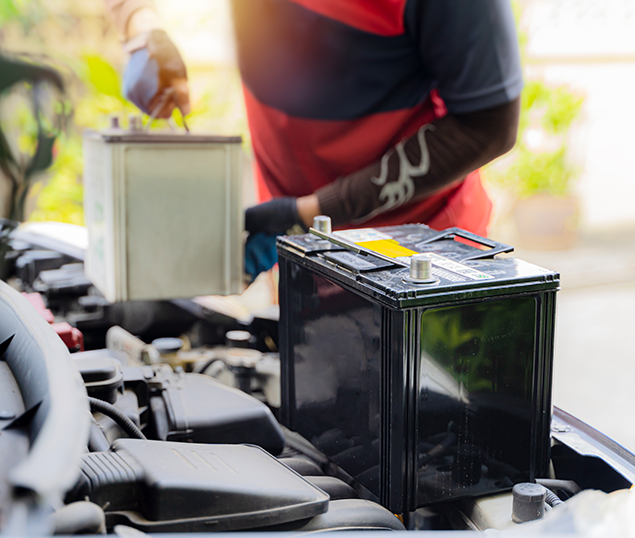Running out of fuel is never on any driver’s to-do list. Yet it happens every day—on crowded city avenues, country roads, or long interstate stretches. A tiny oversight can leave you stuck on the shoulder, hazards blinking, cell battery slipping toward red. Waiting for a tow truck often feels endless, and pushing a car is risky and illegal on most highways. Emergency fuel delivery services step in here, bringing the right petrol or diesel directly to your stalled vehicle, ready to pour and get you rolling. This quick response shrinks downtime, keeps traffic moving, and—most of all—keeps you safe. Today, we’ll explore how these services work, why they beat other options, and simple ways to avoid that stranded panic next time.
Running Out of Fuel on Busy Highways
You glance at the dash, and the needle hovers below E. With no exit in sight, you feel the first rush of worry. Fuel starvation cuts engine power, affecting steering assist and braking boost in many vehicles. Once the pump pulls air, the engine stalls, leaving you coasting to a halt on high-speed roads; that final stop often happens in an unsecured lane or narrow shoulder. Standing outside the car exposes you to passing traffic, while sitting inside leaves you without climate control or hazard lighting if your battery drains. Emergency fuel delivery reduces this danger window. A technician with a marked service truck brings enough fuel—usually 2–5 gallons for gas cars or 5–10 gallons for light‑duty diesels—to re‑prime the system and reach a proper station. Many providers target arrival times under 30 minutes within city limits, far faster than most tow rotations.
Emergency Fuel Delivery: A Mobile Lifeline Explained
Most modern roadside fleets mount a 70‑ to 100-gallon transfer tank secured by baffled compartments to prevent slosh. An electric pump rated around 15 liters per minute lets the technician control flow through an antistatic hose and an automatic shut-off nozzle. Before fueling, they confirm the correct grade via your VIN or a quick cap check, preventing damaging mix-ups between gasoline, diesel, and E85 blends. Small particulate filters on the pump keep debris out; a digital meter records volume for honest billing. Many providers log service data to cloud platforms, building accurate response maps and improving future routing. The result is a process that looks simple at the curb yet relies on tight logistics, safety regulations, and well-maintained equipment.
How Dispatch Systems Track Your Exact Location
Calling for help once meant describing mile markers nobody could see. Now, most services integrate smartphone GPS, allowing dispatchers to pinpoint you within meters. They overlay this spot on traffic layers, selecting the nearest technician and calculating the safest approach routes that avoid blocked lanes. Stuck in an underground garage? Text-based location sharing can drop a pin even without voice coverage. Some fleets link to onboard telematics in commercial trucks; a low‑fuel trigger can auto-generate a service ticket before the driver fully stops. These tools shorten arrival times, cut fuel delivery costs, and reduce secondary accidents caused by vehicles lingering in risky spots.
Fuel Safety Practices Keep Cars and People Safe
Strict handling rules protect you, the technician, and passing traffic.
Key safety steps include:
- Static control: ground cables clip from tank to vehicle chassis, preventing sparks.
- Fire prevention: trucks carry dry‑powder extinguishers plus Class B foam canisters.
- Traffic control: reflective cones and LED flares warn oncoming motorists.
- Environmental care: spill mats line the ground; any drips enter sealed waste bags.
Each action supports the next, forming layers that lower incident odds. Since many roadside shoulders slope, technicians park uphill when possible to limit runaway spills. They also monitor vapor recovery valves that keep fumes from collecting under hot hoods. These measures may look routine, yet they allow safe fueling only feet from fast-moving lanes.
Different Fuel Types Delivered for Modern Engine Needs
Engines differ; so must the fuel. Service trucks now stock:
- Regular 87‑octane gasoline for most sedans and small SUVs.
- Premium 91‑plus octane for turbocharged or high‑compression models.
- Ultra‑low sulfur diesel (ULSD) meeting 15 ppm sulfur limits, safeguarding DPF filters.
- Def fluid (Diesel Exhaust Fluid) in sealed jugs for late‑model diesel with SCR systems.
Technicians scan container barcodes to track shelf life—DEF crystallizes if stored too hot; premium gasoline loses octane when exposed to oxygen. Some companies also carry ethanol-free gasoline for small marine engines right along coastal routes. By matching factory requirements, they help drivers avoid knock, injector clogging, or warranty disputes after the rescue.
Cost Breakdown Versus Calling a Tow Truck
Towing a car even a short hop to the nearest pump demands a flatbed, extra traffic control, and yard release fees—often topping $150. Emergency fuel delivery typically charges a small visit fee (around $35–$45 in many metros) plus the pump price for the gallons poured. No hidden storage, hookup, or gate fees appear later. Time savings matter too: a 40-minute delay on a busy morning can translate into missed meetings or lost delivery revenue. For fleet drivers paid per drop, every quarter‑hour counts. Fuel delivery restores mobility swiftly, limiting knock-on costs such as late fees, per-mile driver pay, or customer service refunds.
Fleet Drivers Benefit from Scheduled Emergency Support
Logistics firms watch idle statistics closely. Unexpected fuelouts create driver overtime, HOS (Hours of Service) rule violations, and canceled slots at loading docks. Some emergency providers set up fleet memberships with 24/7 call lines and agreed fuel discounts. Telematics devices in each truck flag low-range events—say, 30 miles remaining—and push alerts to both base managers and the roadside partner. The service then stages a driver nearby before the tank runs dry. This proactive approach keeps refrigerated trailers cold, preserves delivery windows, and avoids insurance claims from spoiled goods. Even small courier outfits see ROI by cutting re-dispatch and stopping penalty charges at distribution centers.
Simple Steps to Prepare for Fuel Emergencies
While help is only a phone tap away, a little planning reduces risk:
- Set a fixed refill rule: top up when the gauge hits one‑quarter.
- Keep contact info handy: store emergency fuel numbers, not just towing lines.
- Carry a reflective vest: stay visible if you must exit the cab.
- Check your spare fuel cap gasket: a cracked seal can seep fumes and accelerate loss.
- Update navigation apps offline: rural zones often lack data service.
- Monitor long idling: climate control during traffic jams drains fuel faster than you think.
Teaching new drivers these basics lowers emergency calls. Even seasoned motorists may adopt a simple habit: link refueling to routine errands, not only long trips.
Conclusion: Help When the Tank Says Zero
Running out of gas once meant hand-carrying a red can down the shoulder. Today, mobile fueling bridges the gap between stall and station with speed, safety, and smart technology. From GPS dispatch to antistatic hoses, every step aims to get you back behind the wheel without delay or extra expense. Volt Guard Batteries LLC offers emergency fuel delivery services that bring that rescue straight to your parking bay or roadside shoulder—so the next time the gauge dips too low, help is already on its way.

